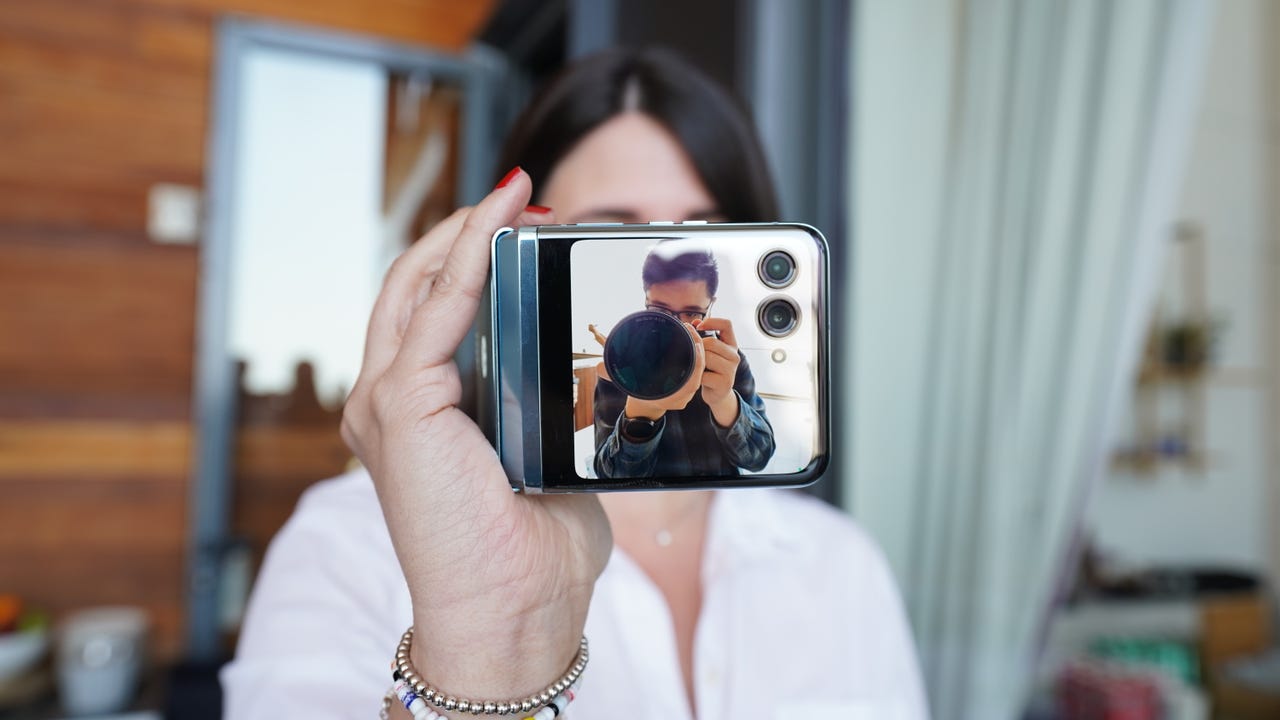'ZDNET Recommends': What exactly does it mean?
ZDNET's recommendations are based on many hours of testing, research, and comparison shopping. We gather data from the best available sources, including vendor and retailer listings as well as other relevant and independent reviews sites. And we pore over customer reviews to find out what matters to real people who already own and use the products and services we’re assessing.
When you click through from our site to a retailer and buy a product or service, we may earn affiliate commissions. This helps support our work, but does not affect what we cover or how, and it does not affect the price you pay. Neither ZDNET nor the author are compensated for these independent reviews. Indeed, we follow strict guidelines that ensure our editorial content is never influenced by advertisers.
ZDNET's editorial team writes on behalf of you, our reader. Our goal is to deliver the most accurate information and the most knowledgeable advice possible in order to help you make smarter buying decisions on tech gear and a wide array of products and services. Our editors thoroughly review and fact-check every article to ensure that our content meets the highest standards. If we have made an error or published misleading information, we will correct or clarify the article. If you see inaccuracies in our content, please report the mistake via this form.
My go-to camera setting for the smoothest phone videos. Just don't abuse it

In a recent family get-together, my dad flaunted a series of videos he had recorded during his recent trip to Las Vegas. One scene in particular, a panning from casino to casino as he rode through the strip, caught most people's attention. The motion was noticeably smoother than the other clips he had captured, making the neon-lit signs on every corner all the more legible.
Also: Are smartphone thermal cameras sensitive enough to uncover PIN codes?
He was just as surprised as the rest of us; either his hands were secretly made out of steel or his nearly four-year-old iPhone 11 still had it.
It was probably the latter (sorry, dad), as to the trained eye it was clear that the video was recorded in 60 frames per second (fps). Fps refers to the number of times your camera captures a frame in a second.
Remember those flip books that produced an animation as you fanned through the pages? You can think of a camera recording at 60fps as a flip book with 60 pages. The more pages, the smoother the visuals are.
By default, smartphones record at 30fps, which is still sufficient enough to produce your everyday video. In fact, most movies and digital content are captured in either 24fps or 30fps. Naturally, car chase scenes and camera shakes look a lot more dramatic.
Also: Best vlogging cameras (and whether you need a flip screen)
But if you want the smoothest of videos, especially if your smartphone is the only piece of camera equipment around, then here's how to dial things up to 60.
How to change your phone's video-recording settings
1. On iPhone
It wasn't until recent years that Apple finally shifted the iPhone's camera settings onto the camera app itself, which makes changing things like fps very straightforward. It's because of this that I suspect that my dad inadvertently switched from 30fps to 60fps when recording his videos.
Also: 5 useful iOS 17 features Apple quietly released at WWDC 2023
To change the fps setting, you'll first have to switch from Photo mode to Video mode, either by swiping across the bottom carousel or tapping the label. Then, in the upper right corner, tap between 30 and 60 to adjust the frames captured per second.
For even more clarity, you can switch from recording HD (1080p resolution) to 4K by tapping that label, too.
2. On Android
On an Android device, open up the Camera app > switch to Video mode > and then tap on the recording settings to open up a list of resolutions and fps values.
Also: How to set up a new Android phone
Like the iPhone, default video recordings should be set to HD (1080p) at 30fps. Switch the fps value to 60 for the smoothest capturing.
Why you shouldn't always record at 60fps
There's one major caveat that you should know about when recording at 60fps instead of 30fps, and that's file size. Because your phone is capturing twice the number of frames, 60fps videos take up more storage, and there's often a recording time limit if you ramp up to 4K.
Also: Your iPhone videos will never look like the ones Apple shows you
So, if you're limited on internal memory or cloud storage, or don't plan on backing up the footage to an external drive, then I'd recommend being more conserving (and mindful) when recording videos at a higher frame rate.
